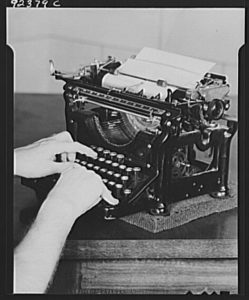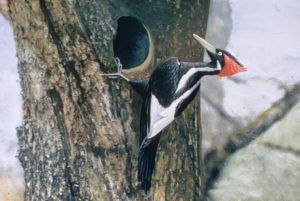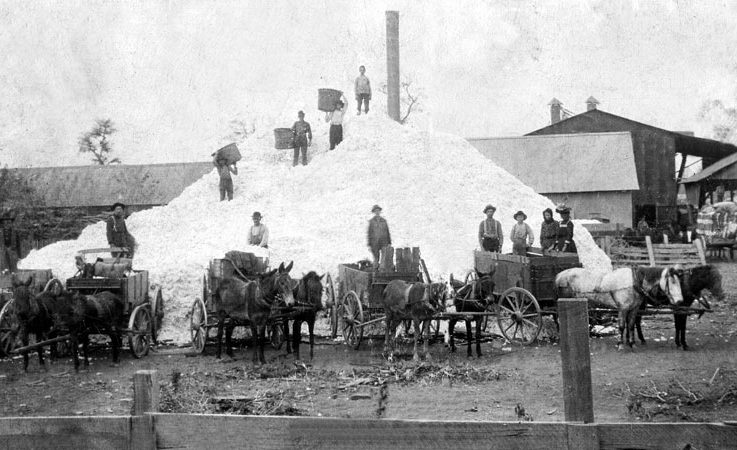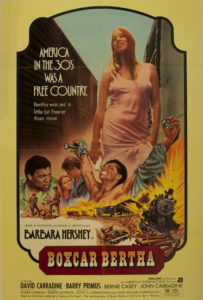calsfoundation@cals.org
The Invisible Work Behind the CALS Encyclopedia of Arkansas
Work can be like the proverbial iceberg—you don’t see most of its mass because it is hidden under an expanse of water.
That is to say that any job, even one with a predominantly public side, entails a lot of labor hidden from view of those being served. A teacher spends time not only in the classroom in front of students but also alone at a desk writing quizzes or preparing lectures. A server not only brings you food and refills your drink but also helps to unload delivery trucks and restocks condiments and napkins and more. Even actors who appear before the camera spend most of their time rehearsing lines, training in accents or fighting skills, and often providing input as it relates the script or costumes.
 Likewise, before any entry appears on the CALS Encyclopedia of Arkansas, it has already undergone a laborious process of development, starting with the writer doing the research and composition. Then there is the work of editing said entries, sending them to reviewers, incorporating reviewer comments into a request for revisions from the author, editing entries again, fact checking them, copyediting them, having them reviewed by the author one more time, and then putting them online, usually with accompanying media (after all the labor involved in acquiring, editing, captioning, crediting, and uploading the photos or other media).
Likewise, before any entry appears on the CALS Encyclopedia of Arkansas, it has already undergone a laborious process of development, starting with the writer doing the research and composition. Then there is the work of editing said entries, sending them to reviewers, incorporating reviewer comments into a request for revisions from the author, editing entries again, fact checking them, copyediting them, having them reviewed by the author one more time, and then putting them online, usually with accompanying media (after all the labor involved in acquiring, editing, captioning, crediting, and uploading the photos or other media).
But there is more work than that to be done. There are a number of tasks, largely invisible to most people, that we continue to do with website content once it is online.

First, we update entry content as needed. After all, developments in the life of a person or community necessitate amending the information we present. People undergo changes in their life or achieve new milestones that must be recognized. Historic properties are refurbished or sometimes damaged and destroyed. Books are adapted into movies or television shows. Highways are rerouted. New laws are signed by the governor or put on hold by the courts. So many things can warrant changing an entry… We have updated the COVID-19 entry, for instance, dozens of times since it went online a year ago, and we update our Ivory-billed Woodpeckers entry every time a declaration is made about whether or not it is extinct. One of the first things I do each morning at work is read the latest newspaper and skim a few different state news sites.
Second, we correct content as needed. Sometimes, we simply get something wrong, be it a typo or a miscalculation, and sometimes a previous historian made an error that has since been repeated. Our readers have let us know of several such instances, and sometimes we catch these ourselves, often as we use the Encyclopedia of Arkansas to check against entries in the editorial process. However a mistake comes to our attention, we check it out and correct as required. The ability to amend and correct is one of the great benefits of an online resource.
 Third, we are mad for interlinking. Whenever we upload a new entry, we don’t just fill it with links to previous entries. We also go back to earlier entries and add a link to this new one. Many websites don’t do this because it is, quite frankly, a lot of work. Do you know how many of our entries mention cotton gins? A lot of them. And finally, after years and years of seeking one, we now have an entry on cotton gins, and so we’re now going back to all those all entries and spiffing them up with links to the new one on cotton gins. This will be a long, tedious process for the staff member who draws the short straw…
Third, we are mad for interlinking. Whenever we upload a new entry, we don’t just fill it with links to previous entries. We also go back to earlier entries and add a link to this new one. Many websites don’t do this because it is, quite frankly, a lot of work. Do you know how many of our entries mention cotton gins? A lot of them. And finally, after years and years of seeking one, we now have an entry on cotton gins, and so we’re now going back to all those all entries and spiffing them up with links to the new one on cotton gins. This will be a long, tedious process for the staff member who draws the short straw…
Finally, we are always expanding entry bibliographies.
New books, new jour nal pieces, new newspaper articles are being published all the time. As an encyclopedia is meant to be a brief summary of a subject with a bibliography directing readers to sources of more information, one of the most important things we can do is keep the “For additional information” section of each entry as up-to-date as possible. The day I wrote this blog post, during my survey of newspapers, I read in the Arkansas Democrat-Gazette a fiftieth-anniversary retrospective on the filming of Boxcar Bertha in Arkansas, and so, of course, a complete citation and link went into that entry’s bibliography. Likewise with an article on a Jonesboro brewery published in the Arkansas Times. And it’s not just newer stuff. Nowadays, many universities are putting current and older dissertations and theses online through services such as the University of Arkansas in Fayetteville’s own Scholarworks@UARK. Sometimes, when I have a spare moment, I will go to different universities and scroll through their online collections of dissertations and theses for relevant work I might have missed on Arkansas history.
nal pieces, new newspaper articles are being published all the time. As an encyclopedia is meant to be a brief summary of a subject with a bibliography directing readers to sources of more information, one of the most important things we can do is keep the “For additional information” section of each entry as up-to-date as possible. The day I wrote this blog post, during my survey of newspapers, I read in the Arkansas Democrat-Gazette a fiftieth-anniversary retrospective on the filming of Boxcar Bertha in Arkansas, and so, of course, a complete citation and link went into that entry’s bibliography. Likewise with an article on a Jonesboro brewery published in the Arkansas Times. And it’s not just newer stuff. Nowadays, many universities are putting current and older dissertations and theses online through services such as the University of Arkansas in Fayetteville’s own Scholarworks@UARK. Sometimes, when I have a spare moment, I will go to different universities and scroll through their online collections of dissertations and theses for relevant work I might have missed on Arkansas history.
Most people aren’t going to be aware that we’ve updated some entry or other (barring some dramatic reason for doing so), or that we’ve added in a new link or beefed up the bibliography with some newly published magazine article or recently rediscovered dissertation. That’s fine. But a lot of work goes into the steady and incremental improvement of the Encyclopedia of Arkansas, which makes the website just a little bit better each day for both the casual reader and dedicated researcher alike.
By Guy Lancaster, editor of the CALS Encyclopedia of Arkansas



